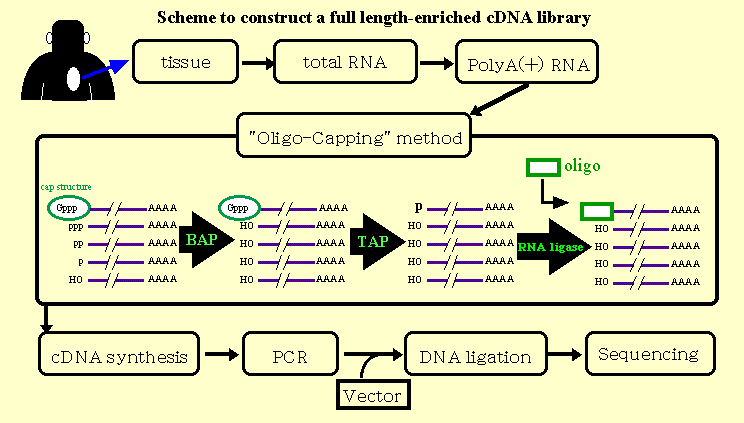
Figure 1. Scheme to construct a full-length enriched chimpanzee cDNA library. (Hida et al. 2000)
Technical information
Construction of cDNA libraries
We constructed full-length enriched chimpanzee (Pan troglodytes verus) cDNA libraries in collaboration with research groups from the Department of Genome Structure Analysis, Institute of Medical Science, University of Tokyo and Kumamoto Primate Research Park, Sanwa Kagaku Kenkyusho Co., Ltd.. About 10 g of skin epidermal tissue was collected by biopsy from a captive male chimpanzee. Specimens from other tissues were autopsized from a captive female chimpanzee (brain and liver) who died of septicemia. The full-length enriched cDNA libraries were constructed using the oligo-capping method (Maruyama and Sugano, 1994) (Figure 1.).

Figure 1. Scheme to construct a full-length enriched chimpanzee cDNA library. (Hida et al. 2000)
Sequencing and annotation of cDNA clones
cDNA clones were randomly selected from the libraries and sequenced from the 5'-end using ABI-377 and ABI-3100 sequencers. After qualifying processes, cDNA sequences were subjected to homology search with BLAST against RefSeq mRNAs (E = 1e-120). Annotation data from human genes, such as HUGO gene symbols, were assigned to corresponding chimpanzee cDNAs.
1) Maruyama K. and Sugano S. Oligo-capping: a simple method to replace the cap structure of eucaryotic mRNAs with oligoribonucleotides. Gene 138: 171-4 (1994)
2) Hida, M., Suzuki, Y., Sugano, S., Hashimoto, K., Terao, K., Hayasaka, I., and Hirai, M. Construction and preliminary characterization of full-length enriched cDNA libraries for nonhuman primates. Primate Res. 16: 95-110 (2000)